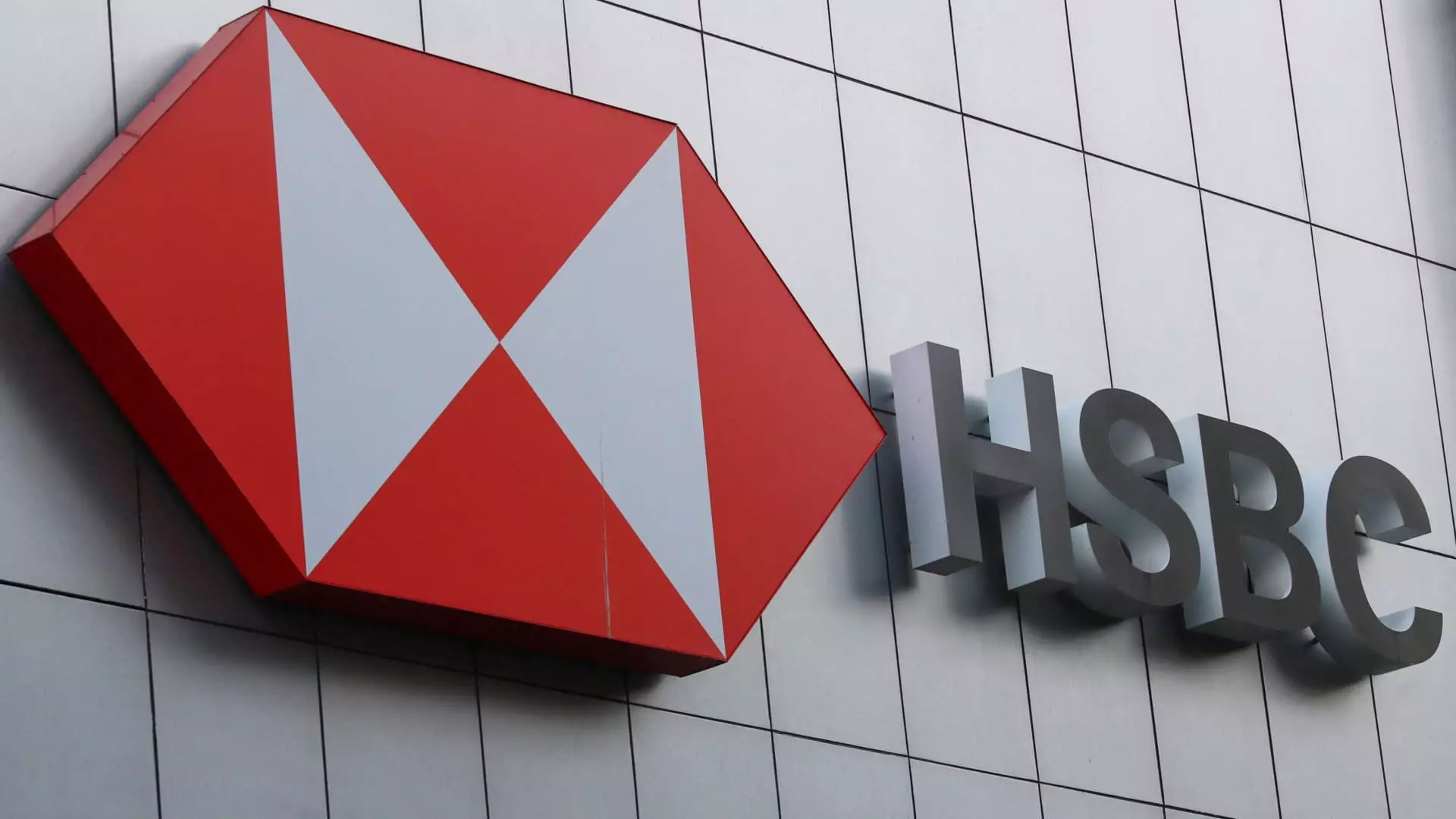HSBC, Europe’s largest banking institution, recently announced a significant share buyback initiative worth up to $2 billion, alongside a modest 6.5% increase in annual pre-tax profits. The financial giant’s total revenue for the year stood at $65.85 billion, a slight decline from the preceding year’s figure of $66.1 billion. Analyzing these numbers reveals a mixed performance; while the profit before tax reached $32.31 billion, it fell short of LSEG mean expectations of $32.63 billion, highlighting a potential area of concern amidst otherwise stable financial performance.
The fourth-quarter results paint a more favorable picture, with pre-tax profit sharply rising to $2.3 billion compared to a previous impairment charge of $3 billion that negatively impacted last year’s performance in the same quarter. This rebound signals HSBC’s resilience, although a noteworthy 11% decline in revenue during the quarter warrants further examination. The contrasting quarterly figures suggest that while HSBC is navigating short-term challenges, its strategic maneuvers could lead to recovery and growth.
Strategic Initiatives and Future Outlook
In outlining its future trajectory, HSBC has committed to cost-cutting measures anticipated to yield annualized savings of approximately $1.5 billion by the end of 2026. This initiative appears timely, particularly as the bank forecasts its net interest income will dip from $43.7 billion in 2024 to $42 billion in 2025. Cost management may thus play a critical role in ensuring the bank maintains profitability amidst an increasingly competitive financial sector.
Under the leadership of new CEO Georges Elhedery, who took the reins after Noel Quinn’s retirement, HSBC is undergoing a structural reorganization intended to streamline operations. The bank plans to segment its business into four distinct units, effectively differentiating its Eastern and Western market operations. This strategic pivot towards agility and focus, as articulated by Elhedery, sets a tone for HSBC’s evolutionary path, potentially enhancing its operational efficiency and market responsiveness.
Market Reaction and Workforce Changes
Despite these strategic initiatives and generally positive financial indicators, investor sentiment appeared lukewarm following the earnings report, as evidenced by a 0.29% dip in Hong Kong shares. Additionally, the reported layoff of about 40 investment bankers in Hong Kong raises questions about the bank’s front-line strength in critical sectors such as mergers and acquisitions and real estate. This reduction in workforce not only signals internal restructuring but also underscores the challenges HSBC faces in specific market segments.
As HSBC navigates these changes, the emphasis on reshaping its portfolio and aligning business operations with strategic objectives could prove advantageous in the long run. However, the imminent cost reductions of approximately $300 million should be closely monitored to assess their actual impact on the bank’s operational capabilities and market presence.
HSBC’s latest financial results and strategic initiatives reflect a bank at a crossroads. While a rise in profits coincides with ambitious cost-cutting measures and organizational restructuring aimed at enhancing agility, the current environment presents challenges that need proactive management. The reactions from the market and the ongoing reassessment of workforce priorities indicate that HSBC’s journey towards revitalization will require strategic finesse to harness growth opportunities while managing obstacles effectively.

